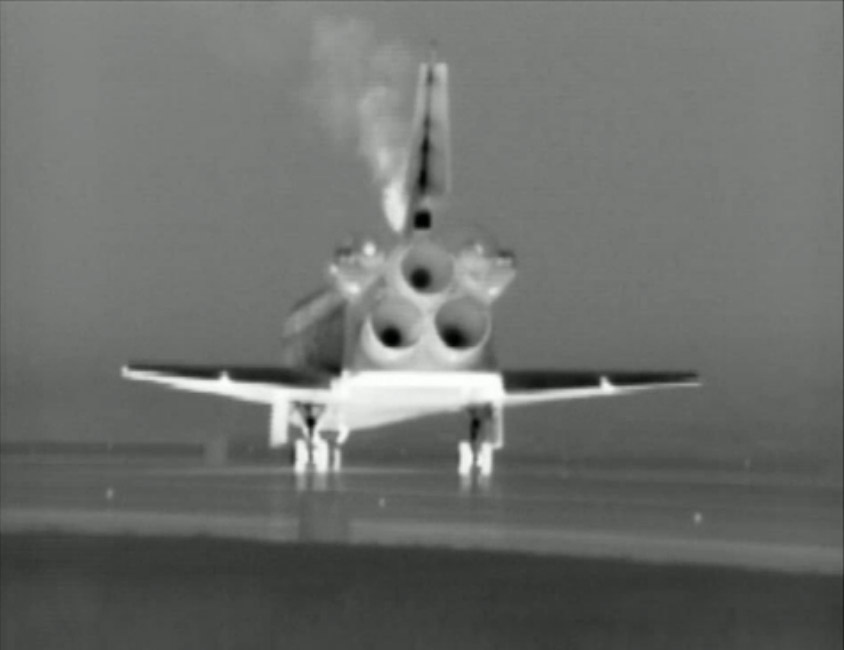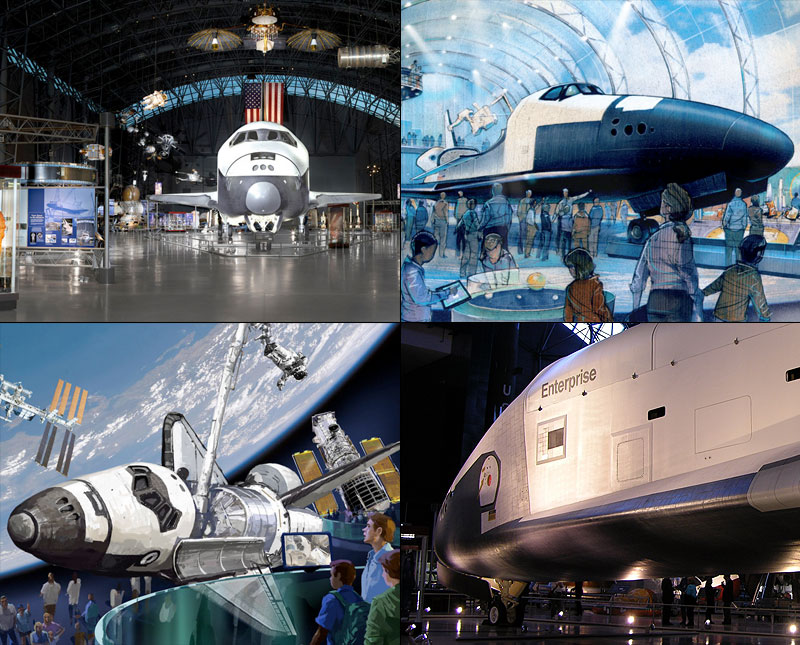
The shuttle Atlantis returned to Earth for the final time today (July 21), but the orbiter has one more mission left on its docket — teaching and inspiring the public as a museum showpiece.
Atlantis landed at Florida's Kennedy Space Center at 5:57 a.m. EDT (0957 GMT), officially ending NASA's iconic shuttle program after 30 years of operation.
But Atlantis and the other surviving orbiters — Discovery, Endeavour and the prototype Enterprise used in landing tests — won't fade into obscurity. Rather, they'll occupy pride of place at museums around the country, serving as ambassadors for the shuttle program for years to come. [Photos: NASA's Last Shuttle Mission in Pictures]
"We're going to put Atlantis in a museum now, along with the other three orbiters, for the generations that come after us to admire and appreciate," Atlantis commander Chris Ferguson said from the shuttle runway just after landing the orbiter. "I want that picture of a young 6-year-old boy looking up at a space shuttle in a museum and saying, 'Daddy, I want to do something like that when I grow up,' or 'I want our country to do fantastic things like this for the continued future.'"
Atlantis, in particular, is NASA's pride and joy. Unlike the other orbiters, which are bound for museums across the country, Atlantis will stay in Florida to be displayed at the nearby Kennedy Space Center Visitor Complex.
"I think people will come here and finally appreciate the sort of underappreciated shuttle program," said Bill Moore, chief operating officer of the Visitor Complex. "The shuttles did such a great job that spaceflight became relatively routine."
Preparing for the shuttle
Get the Space.com Newsletter
Breaking space news, the latest updates on rocket launches, skywatching events and more!
Atlantis won't roll off the runway and head immediately over to the Visitor Complex. It will undergo a months-long decommissioning and safing process, during which NASA technicians will remove some pieces for research purposes and others for safety reasons.
They'll hold onto the orbiter's main engines permanently, for example. And they'll scrub away all traces of rocket fuel from the thruster system inside Atlantis' nose before handing the shuttle over.
This process should be done by late 2012 or early 2013, Moore said. The Visitor Complex hopes to have Atlantis on display by July 2013 — perhaps two years to the day after its final launch, which took place July 8.
"I think it would be great to open on July 4, or July 8," Moore told SPACE.com. "Do we open on the anniversary of its last flight? Do we open on America's birthday? I don't know. We'll figure it out."

Happy to have a shuttle
NASA chief Charlie Bolden announced the shuttles' final destinations in April. Discovery, which flew its last mission in March, is going to the Smithsonian Air and Space Museum in Washington, D.C. Endeavour, which landed for the final time in June, will go on display at the California Science Center in Los Angeles.
New York City's Intrepid Sea, Air & Space Museum will get Enterprise, a prototype shuttle that made some glide tests but never reached space. Enterprise will move from the Smithsonian, where it has resided since 1985.
Moore said he and the KSC Visitor Complex are thrilled to be getting Atlantis. KSC is the site of every space shuttle launch, and most of the landings.
"We really wanted something space-flown because of our relationship with space here, and the fact that we have space-flown artifacts from every other major manned program here," Moore said. "And this is the last shuttle to fly. What a great story — for the last one to come here to stay."
Other museums, too
The other museums are also welcoming the shuttles with open arms, happy for the chance to display a very large piece of American spaceflight history.
"We are very excited," said Valerie Neal, curator for contemporary human spaceflight at the Smithsonian Air and Space Museum. While Enterprise has its own compelling story, she added, "we always prefer to have a spacecraft that has flight history." [Vote Now! The Best Spaceships of All Time]
Neal hopes that Discovery will teach museum visitors about the shuttle program's history, and its accomplishments.
"The shuttle was a huge advance in spaceflight," Neal told SPACE.com. "This spacecraft made much more possible in space than had been possible before."
Her experience with Enterprise has prepared her to expect one particular reaction from museum-goers as well.
"They always say, when they walk into the hangar, 'Wow! I had no idea the shuttle was so big!'" Neal said.
You can follow SPACE.com senior writer Mike Wall on Twitter: @michaeldwall. Visit SPACE.com for complete coverage of Atlantis' final mission STS-135 or follow us @Spacedotcom and on Facebook
Join our Space Forums to keep talking space on the latest missions, night sky and more! And if you have a news tip, correction or comment, let us know at: community@space.com.

Michael Wall is a Senior Space Writer with Space.com and joined the team in 2010. He primarily covers exoplanets, spaceflight and military space, but has been known to dabble in the space art beat. His book about the search for alien life, "Out There," was published on Nov. 13, 2018. Before becoming a science writer, Michael worked as a herpetologist and wildlife biologist. He has a Ph.D. in evolutionary biology from the University of Sydney, Australia, a bachelor's degree from the University of Arizona, and a graduate certificate in science writing from the University of California, Santa Cruz. To find out what his latest project is, you can follow Michael on Twitter.










